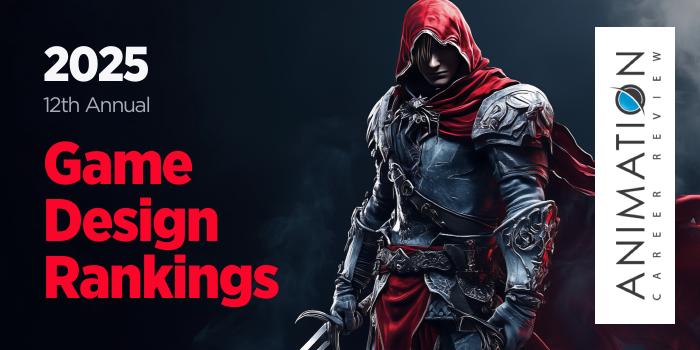The Entertainment Technology Center (ETC) at Carnegie Mellon University (CMU) is a partnership between CMU’s School of Computer Science (CS) and the College of Fine Arts. Established in 1998, the ETC houses a professional graduate program for interactive entertainment. Leading to a Master of Entertainment Technology (MET), this terminal degree program is also provided in collaboration with CMU’s Integrative Design, Arts, and Technology Network (IDeATe).
The IDeATe curriculum is delivered across 15 different academic departments at CMU. IDeATe programs are housed in a making facility in CMU’s Hunt Library (HL). The building opened in 1961 through a gift by Mr. and Mrs. Roy Hunt. The HL is CMU’s largest library, and the IDeATe houses 10 undergraduate minors that fuse technology and the arts. This includes a Game Design minor.
Both the MET and ETC IDeATe programs take place in collaborative classrooms, with access to a black box studio; dedicated physical computing and fabrication labs; and a soft technologies studio. Students in both programs have access to workshops; internship opportunities; and winter, spring, or summer study abroad experiences in places such as Nantes, France.
Open to all majors, the ETC IDeATe Game Design minor also has an endless number of major/minor combo options. Popular combo options for game designers include the CS BS/Game Design; Art BFA/Game Design; Bachelor of Computer Science and Arts (BCSA)/Game Design; and the Music and Technology BS/Game Design. The CMU ETC also allows students across all departments to enroll in individual courses, without enrolling in a minor.
The Game Design minor requires a minimum of 45 credit hours across computing and game design. Course examples include Intermediate Studio - Creative Coding; Fundamentals of Computing for Creative Practice; Little Games/Big Stories - Indie Roleplaying Game Studio; Introduction to 3D Animation Pipeline; Story and Sound; Digital Realities - Introducing Immersive Technologies for Arts and Culture; Computer Game Programming; Game Design, Prototyping, and Production; Distributed Game Studio - Game Art Pipeline; Dynamic Motion and Game Experience; and Reality Computing Studio.
The CMU IDeATe Game Design minor culminates with a final project consisting of an original video game created in collaboration with a faculty mentor.
The CMU Master of Entertainment Technology is a collaborative, project-based program that emphasizes coursework in area such as visual stories, building virtual worlds, acting, and entertainment technology. The program also highlights professional development through the Resumes, Interviews and Networking Oh My! course, and semester-long co-op experiences. The course features resume reviews, interviewing skills development, and networking opportunities with alumni and industry professionals.
Electives in game design, themed entertainment, interactive storytelling, and leadership complement the curriculum. Elective examples include Game Design, Prototyping and Production; Dark Ride Design; Creative Storytelling for Emerging Technologies; Role Playing Writing Workshop; IDEATE Storytelling Through Effects Animation; Introduction to Maya; Technical Animation; Advanced Game Studio; IDeATe Special Topics in Animation-Bipedal Rigging for Animation Production; and Advanced Look Development - The Two Worlds of Texture.
The CMU MET program culminates with a final project by graduate student teams, faculty supervisors, and client representatives. Past project sponsors have included Electronic Arts (EA), NASA, Walt Disney Imagineering, Google, Xbox 360, Microsoft, Amazon, Games for Change, Viacom, Oracle, Walt Disney Internet Group, Intel, WMS Gaming, MTV, Fox Sports, Verizon, GM, Sun Microsystems, 2K Games, The Field Museum, CAT, The Franklin Institute, E-Line Media, Meta, Nvidia, and the Field Museum.
Graduates of Met and Game Design programs at Carnegie Mellon University are prepared to pursue roles in areas such as game design and development, film and video, animation, software development, and advertising. CMU graduates are routinely hired by companies and studios such as 2K Games, Epic Systems, Nvidia, Sony, Microsoft, Google, Amazon, ESPN, Apple, Oracle, IBM, VMware, and Meta.
Carnegie Mellon University was founded on November 15, 1900 by industrialist and philanthropist Andrew Carnegie. The school opened as Carnegie Technical Schools. Today, CMU is a private global research university that provides over 200 programs to more than 14,500 students from 126 countries.
In addition to the main campus in Pennsylvania, Carnegie has campuses in Silicon Valley and Doha, Qatar. Housed across seven colleges and schools, the academic programs at CMU are also provided at locations in Africa, Asia, Australia, Europe, Mexico, and Portugal. Carnegie Mellon University is accredited by the Middle States Commission on Higher Education (MSCHE).







